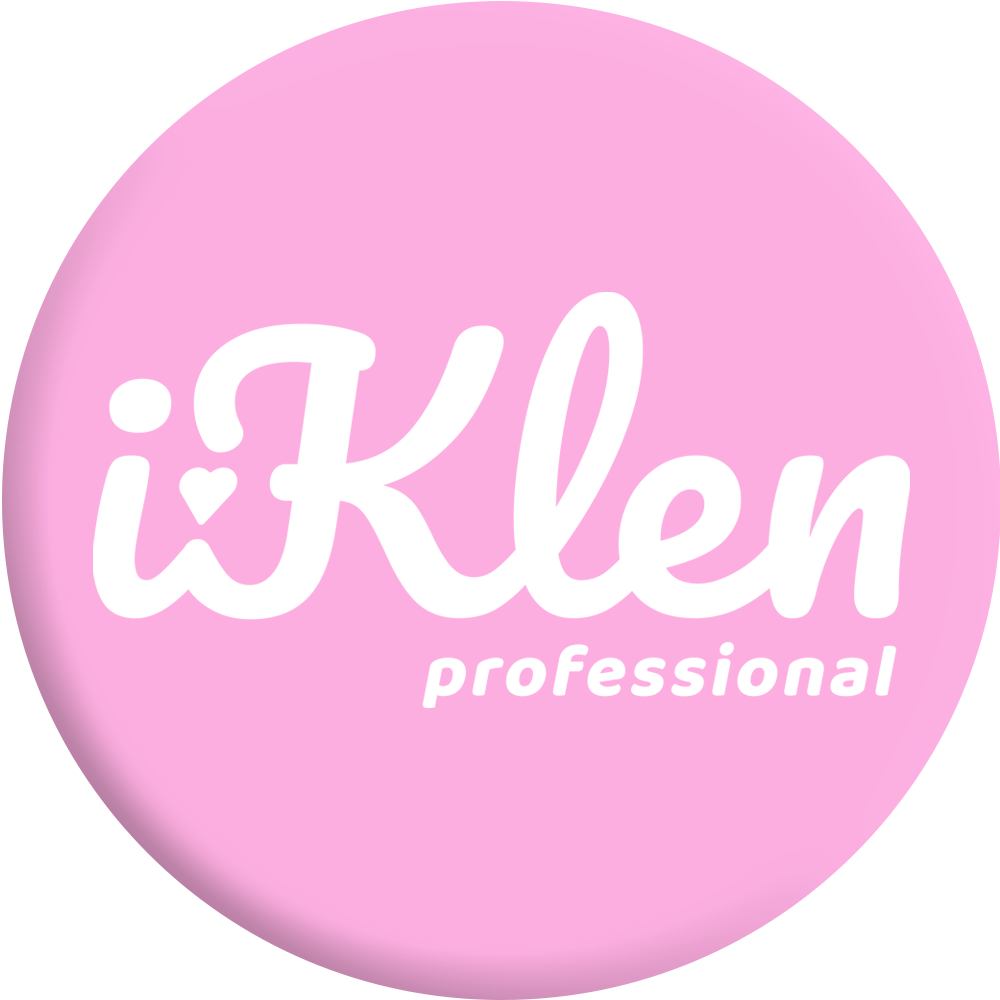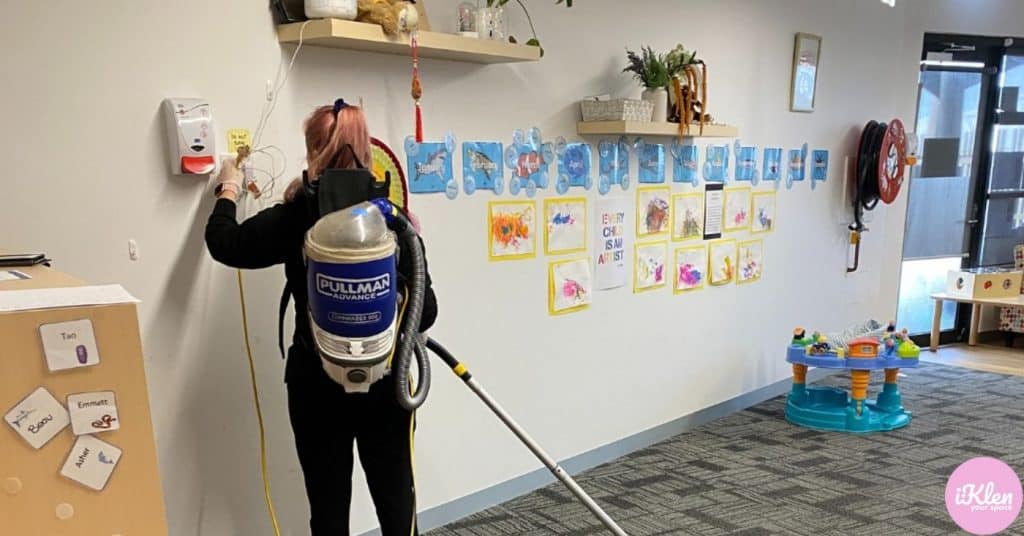As a professional childcare cleaning company in Melbourne, we understand the paramount importance of maintaining a pristine and hygienic environment in childcare centers. This responsibility is not just about cleaning; it’s about safeguarding the health of children, staff, and anyone who enters these facilities.
In this blog post, we offer a detailed guide, crafted from our extensive experience, on the essential cleaning policies and procedures that childcare centers in Australia can benefit to ensure a safe and healthy setting.
Objective of Cleaning in Childcare Centers
The primary goal of our cleaning policies is to create an environment that is not only visually clean but also hygienically safe, thereby minimizing the spread of infections. These policies ensure compliance with Australian health and safety regulations, reflecting our commitment to uphold the highest standards.
Scope of the Cleaning Policy
Our comprehensive cleaning strategy encompasses all areas of the childcare center, including classrooms, play areas, bathrooms, kitchen facilities, and outdoor spaces. It is designed to be universally applicable, covering all staff and visitors to ensure an all-encompassing approach to hygiene and cleanliness.
Daily and Routine Cleaning
General Cleaning: We advocate for daily cleaning routines that include washing all floors, bathrooms, diaper changing areas, and kitchen surfaces with detergent and water. Areas visibly soiled require immediate attention to maintain hygiene integrity.
High-contact Surfaces: High-touch areas such as door handles, light switches, and play equipment are sanitized and disinfected daily using TGA-approved disinfectants to significantly reduce the transmission of germs.
You can check this childcare cleaning checklist for more.
Specific Area Cleaning Protocols
Toys and Equipment: Regular cleaning and disinfecting of hard toys and play equipment are crucial. Soft toys are either machine washed or cleaned according to the manufacturer’s instructions to ensure they are safe for use by children.
Eating Areas: Before and after meals, tables and surfaces are cleaned and disinfected to prevent foodborne illnesses, adhering strictly to food safety standards.
Bathrooms and Changing Areas: Given their frequent use and exposure to bodily fluids, these areas are meticulously cleaned with suitable disinfectants throughout the day.
Sanitizing and Disinfecting Procedures
Our cleaning teams are trained to use disinfectants effectively, following the manufacturer’s instructions for dilution, application, and contact time. This ensures that our products are both safe for children and effective against pathogens.
Personal Hygiene and Protective Equipment
Hand Hygiene: We enforce rigorous hand hygiene practices. Staff and children are encouraged to wash hands thoroughly with soap and water at critical times, enhancing the overall hygiene levels within the center.
Personal Protective Equipment (PPE): Our staff are equipped with gloves and masks when handling waste or cleaning high-risk areas like bathrooms and diaper-changing stations, preventing cross-contamination.
Training, Monitoring, and Compliance
Staff Training: We provide comprehensive training on modern cleaning techniques, the use of chemicals, and maintaining safety protocols, which are regularly updated to reflect the latest health guidelines.
Cleaning Logs and Audits: We maintain detailed logs that record all cleaning activities, which are essential for tracking purposes and ensuring adherence to cleaning protocols.
Emergency and Infectious Disease Response
We have specific procedures to intensify cleaning and disinfection efforts during outbreaks of infectious diseases such as hand, foot and mouth disease in childcare. This includes increased cleaning frequencies and targeted cleaning of affected areas to control and prevent the spread of infections.
See more: Procedures for cleaning blood spills in childcare
Sustainable Cleaning Practices in Childcare
Incorporating sustainable cleaning practices in childcare settings is not only beneficial for the environment but also for the health and safety of the children and staff. Here are several sustainable cleaning practices that childcare centers can adopt:
1. Use of Green Cleaning Products
Opt for eco-friendly cleaning products that are free from toxic chemicals like phosphates, chlorine, artificial fragrances, and colors. These products are safer for children and staff, particularly for those with allergies or sensitivities, and they reduce the environmental impact associated with harsh chemical use.
2. Microfiber Cleaning Tools
Microfiber cloths and mops are effective in capturing more dirt and germs with less cleaning product and water than traditional fibers. They are also durable and reusable, reducing waste and the need for disposable cleaning products.
3. Proper Dilution Systems
Using dilution control systems for cleaning solutions can help reduce waste by ensuring that the correct amount of cleaning product is used. This not only minimizes environmental impact but also ensures the effectiveness of cleaning practices and maintains indoor air quality.
4. Steam Cleaning
Steam cleaning uses high temperatures to sanitize surfaces without the need for chemicals. This method is highly effective against dust mites, bacteria, and other allergens and can be used on a variety of surfaces, making it ideal for childcare environments.
5. Recycling and Waste Reduction
Implementing robust recycling programs for paper, plastics, and other materials helps reduce waste in childcare centers. Additionally, using concentrated or bulk products can minimize the amount of packaging waste generated.
6. Energy-efficient Equipment
Utilize energy-efficient appliances and equipment for cleaning, such as vacuum cleaners with HEPA filters that consume less energy and improve air quality. These devices help in reducing the carbon footprint of the childcare center.
7. Natural Air Quality Improvement
Instead of relying on artificial air fresheners, use natural methods to improve indoor air quality. This can include opening windows to allow fresh air circulation and using indoor plants that can naturally purify the air.
8. Training and Education
Educate childcare staff on the importance of daycare cleaning and sustainable practices and train them in effective, environmentally friendly cleaning techniques. Understanding the ‘why’ behind these practices can enhance commitment and compliance.
9. Sustainable Procurement
When purchasing cleaning products and equipment, choose suppliers who practice environmental responsibility. Look for products with certifications like EcoLogo, Green Seal, or Safer Choice, which indicate compliance with strict environmental standards.
10. Water Conservation
Implement water-saving practices such as using water-efficient fixtures and only running dishwashers or laundry machines with full loads. This helps in reducing the overall water usage of the childcare center.
Adopting these sustainable cleaning practices not only contributes to a healthier environment for children but also sets an example for them about the importance of environmental stewardship from a young age.
Documenting Procedures and Compliance
Cleaning Schedules: Our cleaning schedules are prominently displayed, outlining specific tasks, responsible staff, and frequency, ensuring transparency and accountability.
Safety Data Sheets: All cleaning products used are accompanied by up-to-date safety data sheets, accessible to all staff to ensure they are informed about the products they use and their safe handling.
By implementing these thorough and strategic cleaning policies and procedures, childcare centers can achieve the highest standards of cleanliness and hygiene. Regular reviews and updates of these policies, aligned with current health regulations and our best practices, are crucial for maintaining these standards. Trust us to keep your childcare environment impeccably clean, safe, and welcoming for everyone.
For more resources, please check the ACECQA, the Victorian Government and The Department of Health.

